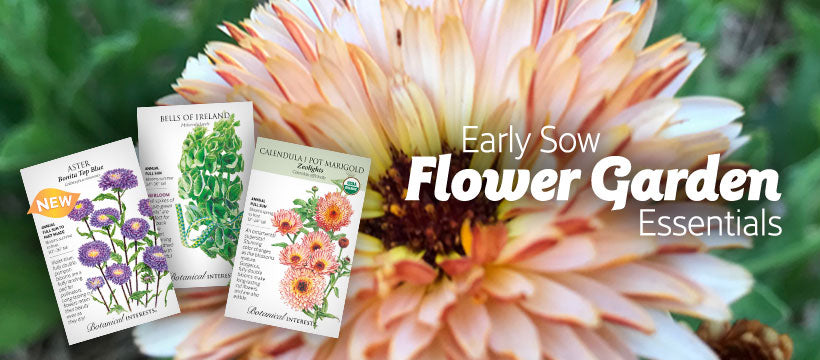Salads don't have to end with spring! A crisp, colorful salad may be the perfect dish on a hot summer's day, and some varieties of greens excel despite the heat. Sowing heat-tolerant greens keeps your fridge crisper full of healthful, delicious, and diverse greens to help quench the heat.
Lettuce
While lettuce is known for bolting in the heat, leading to bitter salads, this doesn't have to be the case. Try any of these heat-tolerant varieties for diversity in texture, flavor, and color!
Heat-tolerant lettuces:
- 'Black Seeded Simpson' (Leaf Lettuce)
- 'Great Lakes 118' (Crisphead)
- 'Ice Queen (Reine des Glaces)' (Summer Crisp)
- 'Little Gem' (Romaine)
- 'Marvel of Four Season' (Butterhead)
- 'New Red Fire' (Leaf Lettuce)
- 'Parris Island' Cos (Romaine)
- 'Red Sails (Leaf Lettuce)
- 'Rouge d' Hiver' (Romaine)
- Salad Bowl Blend (Leaf Lettuce)
Tip: Lettuce seed needs light to germinate and will not sprout in soil temperatures over 80°F, so keep succession going by starting seeds indoors and transplanting them out during the heat of summer.
Spinach
Spinach, not just for spring and fall anymore! These heat-tolerant spinach varieties keep savory spinach on your plate all summer long. Spinach is also easy to freeze for winter meals, so go ahead, sow a little extra. Popeye would approve!
Heat-tolerant spinaches:
Other heat-tolerant greens
Edible Red Leaf Amaranth by any other name (Callaloo, Joseph's Coat, or Bhaji) is just as gorgeous in the garden as on your plate! More nutritious than spinach or beet greens, this heat-tolerant green is high in vitamins A and C as well as protein, calcium, and iron. As if that wasn't enough, you can also harvest the seeds which are gluten-free, nutrient powerhouses themselves! Amaranth seeds can be popped like popcorn, sprouted, added to homemade granola bars, or simmered like rice.
Collards, a favorite in the south, can also take the heat, as well as very cold temperatures.
Kaleis a biennial, which means it won't bolt until its second year and flowering is triggered by a cold period (winter). Kale can stand up to the heat and cold--plus it is beautiful mixed with ornamentals.
Mustards"cut the mustard" when it comes to summer heat. Low in calories, big on flavor and nutrients like vitamins A, C, E, K, foliate, manganese, calcium... you get the idea! As excellent raw as they are cooked! Mustards' unique flavor intensifies as the temperature rises.
Swiss Chard also stands up to both cold and hot temperatures with ease, plus it is so pretty it can be used as an ornamental.


